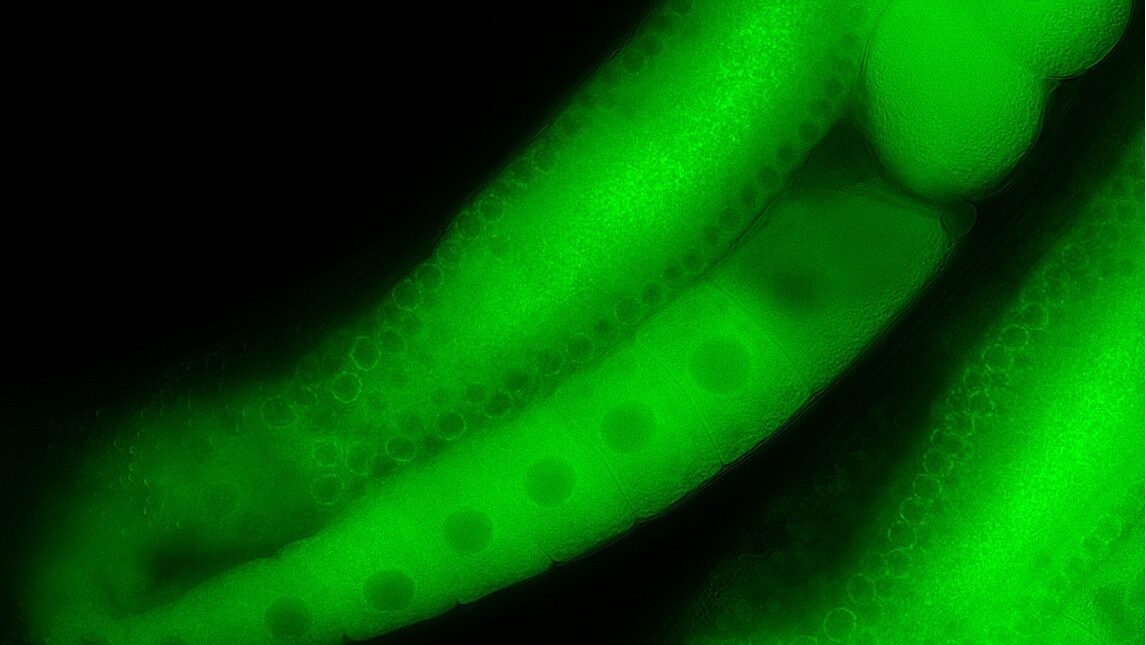BIT 495/595: Found in Translation: Mechanisms of Post-transcriptional Regulation
Have you ever wondered what happens to regulated mRNAs once they leave the nucleus?
In this course, students will have the opportunity to investigate the complex gene regulatory networks that control mRNA fate...

by Hayden Huggins
Overview:
After export to the cytoplasm, mRNA has three possible fates: repression, degradation, or translation. Only the latter results in functional gene expression (protein synthesis) which is critical for cell identity. This process is tightly controlled by the concerted effort of sequence specific RNA-binding proteins (RBPs) and small regulatory RNAs, as well as the translation machinery itself.
The major questions become:
- What sequence features within an mRNA control its fate?
- How do these trans-acting factors coordinate to control spatiotemporal protein expression?
Students taking this course will use the small, free-living nematode C. elegans as a model system to probe these complex gene regulatory networks in the context of germ cell development.
During the course we will investigate:
- Contributions of sequence features within an mRNA
- A variety of interacting RBPs many of which are translationally regulated by other RBPs
- How regulatory factors localize and function in the cell when responding to various stressors (heat shock, reactive oxygen species (ROS), and meiotic arrest)
Topics:
- The genetic code of life
- C. elegans: a model system
- The three fates of mRNAs
- Small-RNA pathways
- RNA-binding protein networks
- Non-membrane bound organelles: hubs of RNA regulation
- Spatiotemporal gene expression in germ cells and neurons
Course Outcomes:
Students will gain proficiency in:
- Experimental design techniques
- Protocol optimization
- Advanced microscopy
- Molecular genetics
- Data analysis
Outside of the lab, students will be tasked with reading and analyzing primary literature pertaining to mRNA regulation. Assessments throughout the course will challenge students to demonstrate their skills through electronic notebook entries (ELNs), a comprehensive laboratory report, quizzes, and semester-long projects (individual and collaborative).
Join us as we embark on a journey to unravel the mysteries of mRNA fate determination!!